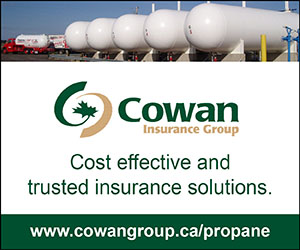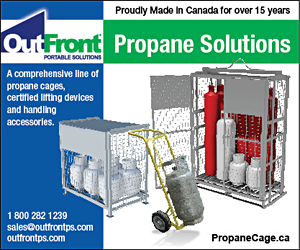|
Visit https://www.naylornetwork.com/fum-nwl/articles/index.asp?aid=431945&issueID=49545 to view the full article online. |
|
Visit https://www.naylornetwork.com/fum-nwl/articles/index.asp?aid=431942&issueID=49545 to view the full article online. |
|
Visit https://www.naylornetwork.com/fum-nwl/articles/index.asp?aid=431941&issueID=49545 to view the full article online. |
|
Visit https://www.naylornetwork.com/fum-nwl/articles/index.asp?aid=431946&issueID=49545 to view the full article online. |
|
Visit https://www.naylornetwork.com/fum-nwl/articles/index.asp?aid=431948&issueID=49545 to view the full article online. |
|
The following opinion was written by Blair Qualey, President and Chief Executive Officer at New Car Dealers Association of BC and printed in the Prince George Citizen, February 22 and Vancouver Sun, February 24, 2017.
Previous next businesses, governments, and individuals in Canada are always searching for more economical and environmental solutions to power everyday life. When it comes to automotive choices, the rapidly expanding electric vehicle sector is one option, but some consumers are also looking at alternative fuels such as auto propane. As gas prices continue to fluctuate, powering business or government fleet vehicles with auto propane is becoming increasingly popular because of its clean and reliable properties. What used to be seen by many as a way to power a Zamboni is now a viable option for fuelling their fleet. Visit https://www.naylornetwork.com/fum-nwl/articles/index.asp?aid=431939&issueID=49545 to view the full article online. |
|
Visit https://www.naylornetwork.com/fum-nwl/articles/index.asp?aid=431947&issueID=49545 to view the full article online. |
|
The Minister of the Environment and the Minister of Health were proposing to add two liquefied petroleum gases (LPGs) (petroleum gases, liquefied, CAS11 RN 68476-85-7, and petroleum gases, liquefied, sweetened, CAS RN 68476-86-8) to Schedule 1 (List of Toxic Substances) of the Canadian Environmental Protection Act, 1999 (CEPA). Health Canada and Environment and Climate Change Canada conducted a joint scientific assessment for the two LPGs and published a notice summarizing the scientific considerations of the final screening assessment for these substances in the Canada Gazette, Part I, on February 25, 2017.
Visit https://www.naylornetwork.com/fum-nwl/articles/index.asp?aid=431951&issueID=49545 to view the full article online. |
|
SaskPower Gas Inspections issued Bulletin 01-2017: Propane Vaporizer Emergency Shutdown Systems in February. Construction sites are often challenged by limited space on site for proper installation and servicing of propane storage tanks, vaporizers and fuel emergency shutdown systems. This limited space may result in unsafe conditions such as tripping hazards in varying conditions. The intent of the B149.2-15 code change was to ensure the activation device was located at a reasonably safe place, in the event of an unplanned release of propane fuel or a fire at the vaporizer.
Visit https://www.naylornetwork.com/fum-nwl/articles/index.asp?aid=431949&issueID=49545 to view the full article online. |
|
Visit https://www.naylornetwork.com/fum-nwl/articles/index.asp?aid=431955&issueID=49545 to view the full article online. |
|
Visit https://www.naylornetwork.com/fum-nwl/articles/index.asp?aid=431473&issueID=49545 to view the full article online. |
|
Visit https://www.naylornetwork.com/fum-nwl/articles/index.asp?aid=431474&issueID=49545 to view the full article online. |
|
Visit https://www.naylornetwork.com/fum-nwl/articles/index.asp?aid=431472&issueID=49545 to view the full article online. |
|
Visit https://www.naylornetwork.com/fum-nwl/articles/index.asp?aid=431476&issueID=49545 to view the full article online. |
|
Visit https://www.naylornetwork.com/fum-nwl/articles/index.asp?aid=431838&issueID=49545 to view the full article online. |
|
Visit https://www.naylornetwork.com/fum-nwl/articles/index.asp?aid=431477&issueID=49545 to view the full article online. |
|
Visit https://www.naylornetwork.com/fum-nwl/articles/index.asp?aid=431957&issueID=49545 to view the full article online. |
|
Visit https://www.naylornetwork.com/fum-nwl/articles/index.asp?aid=431478&issueID=49545 to view the full article online. |
|
Visit https://www.naylornetwork.com/fum-nwl/articles/index.asp?aid=431479&issueID=49545 to view the full article online. |





